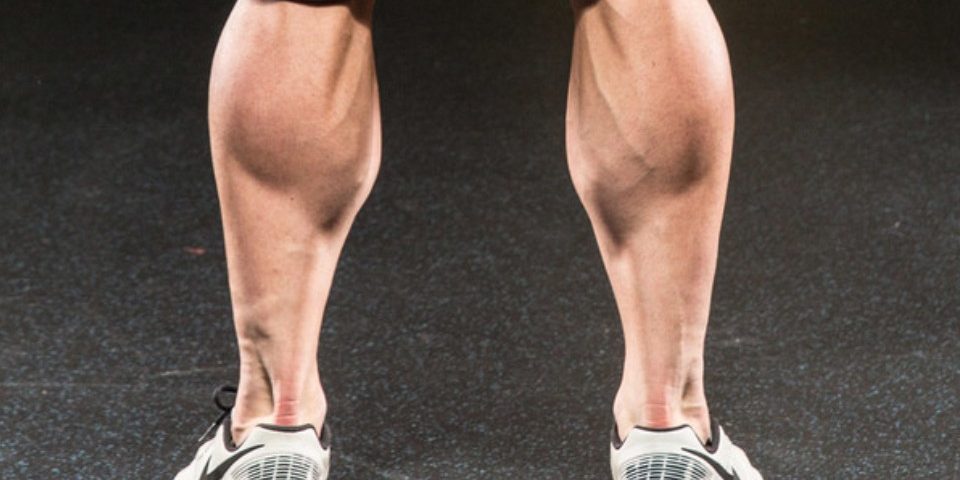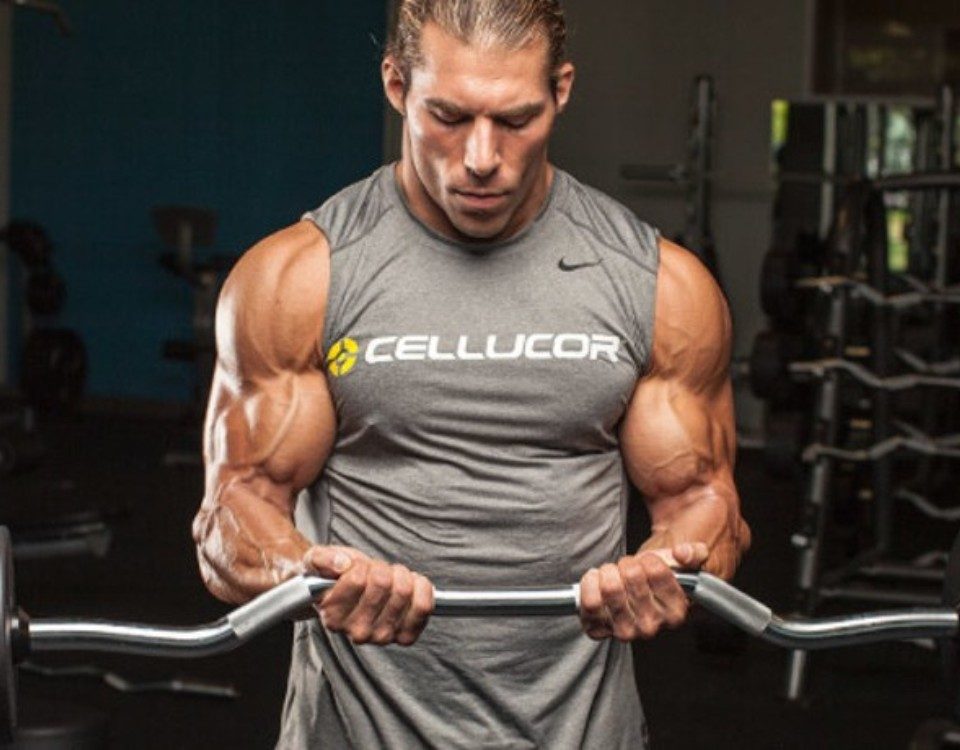Grow Your Calves

For some people it’s their genetic: they were born with big calves or their calves just grow like weeds. For others, building big calves can be painstaking like watching grass grow. Countless exercises and reps with little or no progress at all: The calves just are not responding at all. Calves are often considered the most difficult muscle group in the body to develop, but they respond to resistance training like any other muscle. You just have to prioritize them and train them from several angles and with a combination of heavy and light weights.
Prioritize your calf workouts
One of the best ways to target your calves for growth is to prioritize them in your workout routine. This can be done in two ways. One by dedicating a specific day for calves only. This way will give you ample time to work the calves thoroughly and use as much volume as you want to exhaust all muscle fibers. The other way is by working on your calves first in the beginning of your workouts. This entails performing all of your calves exercises before you start working on another body part. This second way is, however, less preferred to the first method if you calves are lagging and you are targeting maximal muscle growth in minimal time.
Use heavy weight/low reps and light weight/high reps
There are opposing view on what is the most effective way for growing calves. Some recommend heavy weight/low reps while others recommend light weight/high reps. But calves are just like any other muscle group and should be trained as such. The most effective strategy is then to combine both heavy weight/low reps and light weight/high reps. This combination will allow you to reach your goal a lot faster by maximizing strength and hypertrophy. The Heavyweight/ low reps will get you calves strong and this allows to lift more weight with your calves leading to strength gain. This strength gain subsequently leads to an increase in muscle hypertrophy. On the other hand, light weight/high reps target your calves for hypertrophy and endurance to make your calves grow faster and even stronger.
- The ideal rep range for adding mass and strength is between 6 reps and 15 reps. This is the range where you can experience gains in strength and, more importantly, gains in size.
Increase your calf workout frequency
The more you train your calves the better you have a chance to grow them. However, it’s also important to give them enough rest for recovery. You should train calves three times per week giving them a two-day rest in between using a variety of exercises, not just a few sets each of standing and seated calf raises but enough exercises to every area ( the upper, lower, inner and outer portions of the calves). If your calves are lagging in a big way you could train them even more than that. Arnold used this strategy to bring up his lagging calves by training his calves 6 times a week.
Use muscle mind connection
I have addressed muscle-mind connection in previous articles but I think it’s important to mention again. It’s one of the key ingredients that can help you maximize muscle growth, especially if the muscle is underdeveloped. By being mentally focused and connecting that mental energy to your muscles, you push the muscle to take in all the work. Studies have in fact shown that a strong mind-muscle connection can help spur growth and strength gains.
Use high-intensity training techniques
A proven way to make stubborn muscles grow is to shock them with high-intensity training techniques. Techniques such as supersets, drop sets, and giant sets are killer techniques and will shock your calves in massive growth. They not only allow you to work the calf muscle beyond failure or use constant tension to exhaust it but also maximize blood pump in your calves. Intensity is key in calf training and these techniques can take your calves to next level. Be intense and work hard, with a full range of motion, and lots of stretching and your calves will grow.
- The Key to calf development is intensity not endless sets or reps
Use full range of motion and stretch your calves
The calf muscles are strong and dense so stretching and flexing can help facilitate growth. To develop your calves to their potential, you must take each rep through a complete range of motion. This means getting a full stretch at the bottom and forcing yourself up as high as possible on your toes at the top. Make sure to squeeze out every last bit of intensity by holding and squeezing the calves for a 2-3 count before lowering the weight. Calf training is all about the range of motion. Go all the way down and all the way up on every rep. Stretching is crucial too. Do it before, during and after training calves.
The Workout
Try this workout routine which includes a variety of angles and intensity-boosting techniques. Give your calves at least 2-day rest between workouts.
Day 1

1. On your last two sets, have a partner help you get 5-10 forced reps.
2. Do drop sets on your last two sets until you are using just your own bodyweight.
3. Extend your last two sets by doing 2-3 rest-pauses.
Day 2

1. Rest two minutes between sets.
2. After each set, stand on your toes and squeeze your calves for up 30 seconds.
3. Use a weight that causes you to fail at approximately 15 reps. After each set, drop the weight about 30% and continue until you reach failure.




5 Comments
A whole day for Calves? Really? I did lighter weight for the first time in a while and I noticed that getting a full range of motion really helped work some areas of the calve that I may have not been hitting before.
Not the whole day, just a 1 hour session on a specific day where your workout that day consists only of calves.
explain how you could space calf workouts two days apart and hit him three times a week. I use a 7-Day week. It sounds like you have a 10 day week wherever you are from. Also you may want to try proofreading your articles first
You could for example start you workout week on a Sunday. You will work your calves on that Sunday then take Monday and Tuesday off. Come back Wednesday do calves again then take Thursday and Friday off. Then finally work your calves on Saturday which would be your final day of that week. You could use a different rotation of days which fits better your workout schedule. Of course you don’t have to work your calves 3 times a week and you don’t have to workout 7 days a week. We are suggesting that this is just an option for those of us who difficulties building their calves, there are other options out there. Also thanks you are right, the article needs proofreading. We rebuilt site and copied over the text and the images. Some of the text and images got scrambled or are missing.
Yes, calf muscle should be trained with intensity and more frequent in weeks as it is small muscle group and can recover faster. Doing it first in the gym will help your calve muscle gains.